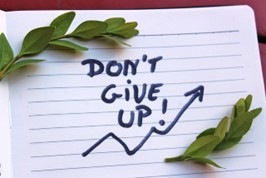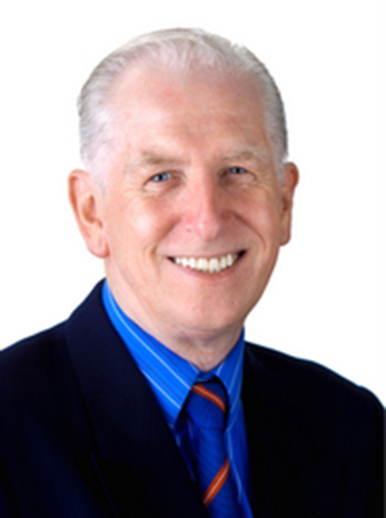Ideas & Applications
By Dr Charles Margerison
Psychologist
Perception
In my research of over 500 amazing achievers, who had ideas ahead of their time, I noticed that they had difficulty in getting others to understand and believe in what they were saying.
Some examples include:
- Thomas Edison – who eventually registered over 2000 patents, but initially people doubted his projects.
- Albert Einstein – who was working in an admin job for the government, while having big ideas about our Universe.
- Louis Pasteur – whose theory about ‘unseen’ bacteria causing disease was initially rejected.
- Galileo – who fell foul of the priests for declaring that the Earth was not the centre of the Universe.

Ideas, Knowledge and Results
All of the above achievers realized that they needed to convert ideas into knowledge through experiments and by taking action, so that they could show results via applications.
So, on a score out of 10, where are you at?:
- The Ideas stage
- The Knowledge stage
- The Application stage
Organization
Amazing people are recognized because they produced results through their organizations. Thomas Edison set up the large company General Electric. Steve Jobs developed the Apple organization. Bill Gates built an empire through his Microsoft company. These are the commercial applications.
Growing and managing an organization to convert your ideas into applications takes a different form of thinking and language. I refer to it as moving from the General to the Specific to gain applications.
The ideas may clash until you know more about how to apply them. So, meeting with people who have different approaches is key. It is important to explore ways of commercial thinking and experience – venture capitalists are a good example of people who think like this.
Relationships and Implications
Not everyone will be interested in your ideas. They are probably too busy developing their own. So, focus on areas of overlap where a person expresses interest. This may be from a different angle, such as financial, architectural, musical, engineering, artistic, etc.

Also, don’t be worried about ‘rejection.’ Thomas Edison spent 10 years and did thousands of experiments, many of which failed, before achieving success. But, he never gave up, despite failure and rejection. He said, “Many of life’s failures are people who did not realize how close they were to success when they gave up.”









